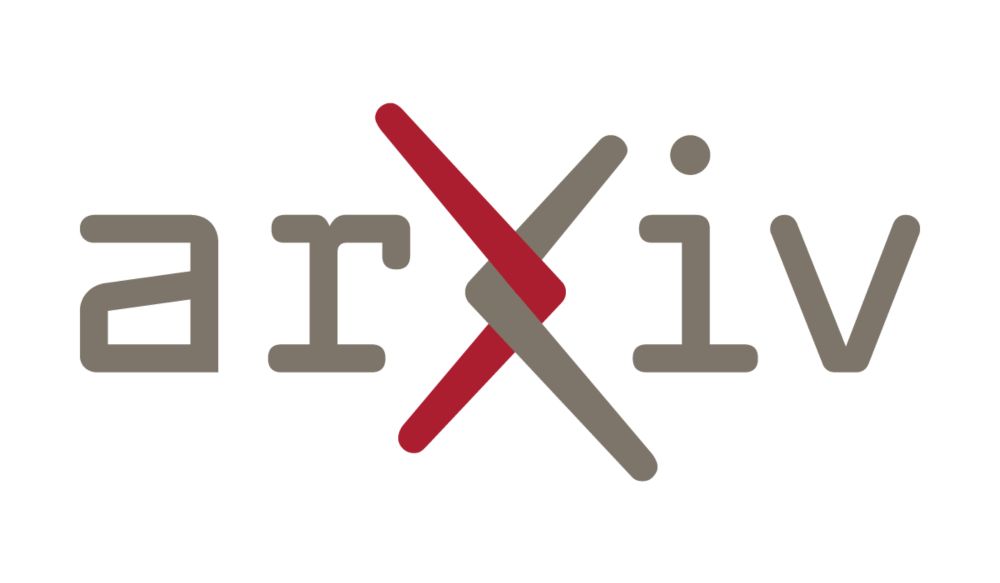
@ ICFO, Barcelona.
Previously Vienna, Geneva, Zürich
https://krivachy.xyz/
Anyway, they probably just want to buy some time before giving a full statement... I guess
Anyway, they probably just want to buy some time before giving a full statement... I guess
I truly wonder how many people noticed over the past 14 years that something is off :D
I think many people might have noticed that the "This article is cited by" section is sometimes ... a bit off. But not sure how many api users there are at all.
I truly wonder how many people noticed over the past 14 years that something is off :D
I think many people might have noticed that the "This article is cited by" section is sometimes ... a bit off. But not sure how many api users there are at all.
Yes, it seems that there are mismatches in these things even internally within Springer Nature.
Great to see Zotero community actively finding and patching these things where they can. :)
Yes, it seems that there are mismatches in these things even internally within Springer Nature.
Great to see Zotero community actively finding and patching these things where they can. :)
scirate.com/arxiv/2511.0...
🙏
And most importantly, double check your References!!

scirate.com/arxiv/2511.0...
🙏
And most importantly, double check your References!!
📝Articles affected? Hundreds of thousands or even millions
🧑🔬Authors affected? Millions
⏰Since when? Most probably since 2011, when the API was released.
📝Articles affected? Hundreds of thousands or even millions
🧑🔬Authors affected? Millions
⏰Since when? Most probably since 2011, when the API was released.
including the journal's own websites!! (check "This article is cited by" section for any article 1)
Article 1s have multiple std devs more citations than others, across many years and sources.

including the journal's own websites!! (check "This article is cited by" section for any article 1)
Article 1s have multiple std devs more citations than others, across many years and sources.
❌ No article number returned by API.
❗️"Number" 1 returned for almost all articles.
‼️ Page Number 1 returned for ALL articles.
✅A recipe for disaster? Yes
❌ No article number returned by API.
❗️"Number" 1 returned for almost all articles.
‼️ Page Number 1 returned for ALL articles.
✅A recipe for disaster? Yes
Nope.
In online-only Springer Nature journals, ALL articles are assigned a starting page number of 1.
Also, many are assigned an Issue Number of 1 (see "number" field). Almost all these journals have only one issue per volume

Nope.
In online-only Springer Nature journals, ALL articles are assigned a starting page number of 1.
Also, many are assigned an Issue Number of 1 (see "number" field). Almost all these journals have only one issue per volume
Well, it turns out if you request article metadata in json format via the SprinerLink API of Springer Nature, then you get
- DOI
- title
- authors
- year
- volume
- page number
- ....
🤯 BUT NO ARTICLE NUMBER!!! 🤯
Well, it turns out if you request article metadata in json format via the SprinerLink API of Springer Nature, then you get
- DOI
- title
- authors
- year
- volume
- page number
- ....
🤯 BUT NO ARTICLE NUMBER!!! 🤯
The one article having about 10x the citations of other articles of the same age?
Article #1.

The one article having about 10x the citations of other articles of the same age?
Article #1.
doi.org/10.1103/nwzw...
doi.org/10.1103/nwzw...

Using heralding information from an SPDC source for example, we show how this detection loophole can be closed.
Using heralding information from an SPDC source for example, we show how this detection loophole can be closed.



